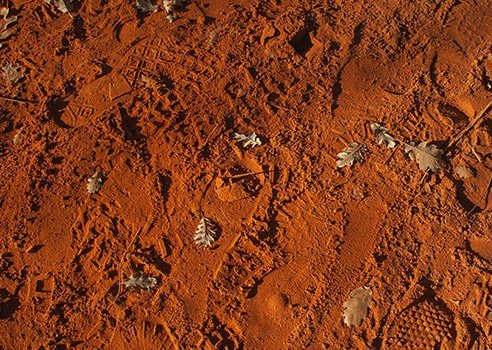Reading time: About 1 minute
Increase your vocabulary and you’ll make your writing much more precise. That’s why I provide a word of the week. Today’s word: ochre.
Elizabeth Smart lives up to her last name with remarkable aplomb. Kidnapped as a 14-year-old in 2002, the remarkable young woman managed to preserve her life — and her spirit — despite being raped by a homeless man, and abused by his wife, for more than nine months. She speaks calmly and cogently about her ordeal and has now devoted her life to helping other victims of childhood abuse. Here you can read about a recent speech she gave and even see a (poorly lit) video clip.
American essayist Margaret Talbot has written a sensitive and interesting profile of Smart in the Oct. 21/13 issue of the New Yorker. (I regret that the story is “locked” — meaning that it’s available only to subscribers — but you can read a precis of the story, headlined “Gone Girl,” here.)
I admire Smart so greatly that I feel almost disloyal for pulling an unimportant line from the story, to highlight a word I really like. The word is ochre and here is how it was used:
Outside the sky was turning ochre and pink.
I knew ochre was a colour but hadn’t remembered the specific shade. In fact, it refers to a type of soil with lots of clay in it. The word dates to the late 14th century and comes from the Old French ocre which, in turn came directly from the Late Latin ocra, which, in its turn came from the Greek ochros meaning “pale yellow.” Today, as a color name, it refers to the “brownish-yellow,” tones shown in the photograph above.
I’ve travelled a bit in the American southwest and know the colour of ochre would dominate Elizabeth Smart’s Utah-based world. Kudos to Margaret Talbot for choosing her adjectives so carefully.


